SUMMARY
The Soviet Union developed the Tupolev Tu-95LAL, a nuclear-powered aircraft, but it never fully materialized due to impracticality.
The US also explored nuclear-powered aircraft with the B-36 experimental flight program.
Concerns about crew radiation exposure and the emergence of intercontinental ballistic missiles led to the demise of both projects.
At the advent of the nuclear age, both the United States and the Soviet Union were been trying to power everything with nuclear power. This included aircraft, which for the US, came in the form of the Convair NB-36H, which was based on the Convair B-36. Meanwhile, the Soviet Union tried to develop its nuclear-powered aircraft: the Tupolev Tu-119, based on the Tupolev Tu-95 bomber.
Tupolev Tu-95LAL
The Tupolev Tu-95LAL, the designation given to the Tu-95 derivative that would be nuclear-powered, never really materialized, and the Soviets built just a single unit, with full-scale production of the planned Tu-119 never commencing.
According to SKYbrary, a project initiated by EUROCONTROL, the Tu-95 is a large, four-engine turboprop strategic bomber and missile launcher platform. The aircraft flew for the first time in 1952, entering service four years later. Despite its old age, the aircraft is still active within the Russian Air Force (Военно-воздушные силы России, VVS).
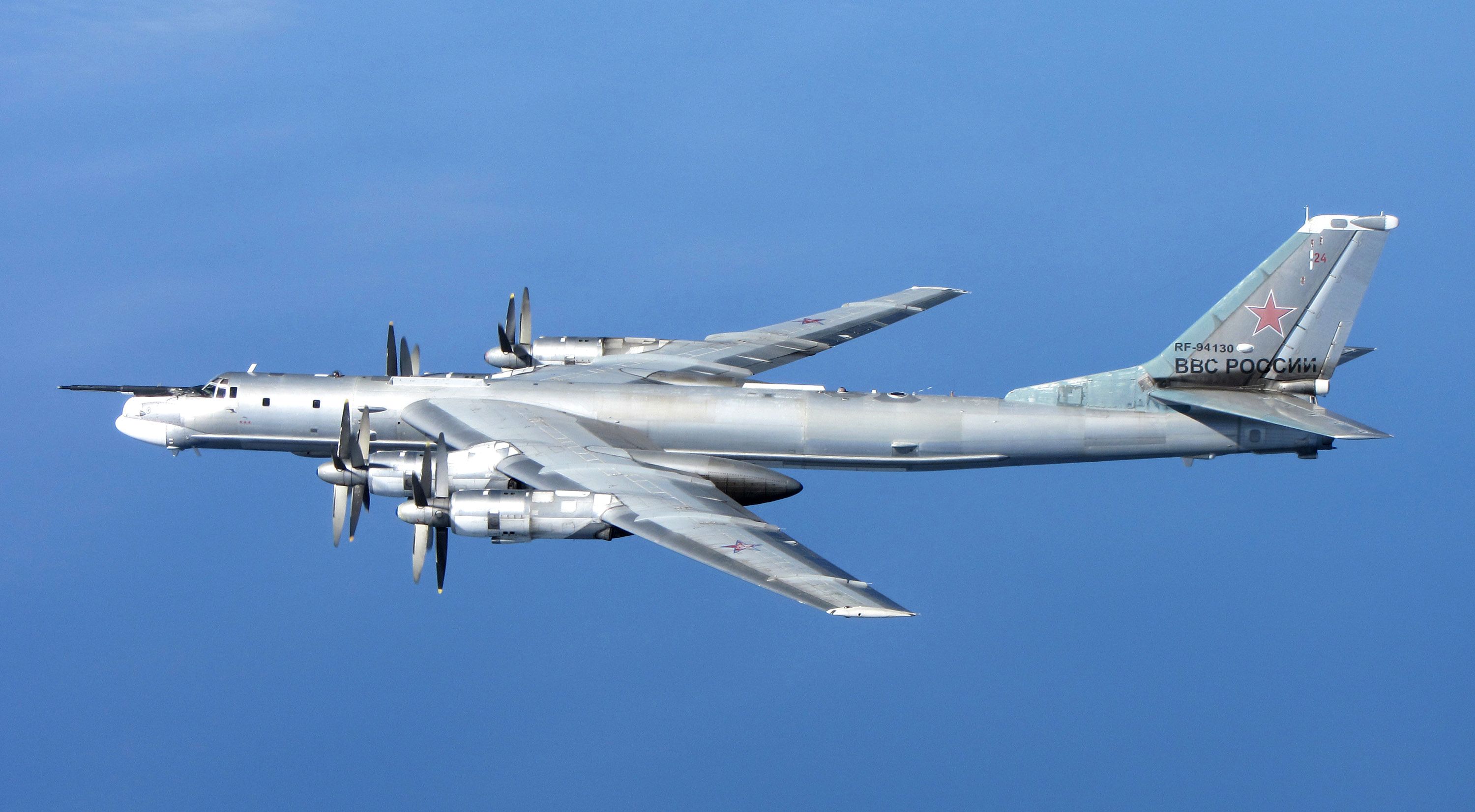
Photo: RAF | Wikimedia Commons
According to one study published by Lukas Trakimavičius, the then-Subject Matter Expert at the NATO Energy Security Centre of Excellence, the Soviet government began developing the concept of a nuclear-powered aircraft in 1955. Initially, engineers inserted a small nuclear reactor within the bomb bay of the Tu-95.
Test flights began in 1961, with the aircraft performing around 40 flights in total. However, Trakimavičius noted that the Tu-95LAL only completed a few flights with its reactor turned on, and much like with the NB-36H, the reactor never actually powered the aircraft. Instead, it was used to test any potential effects of radiation exposure on the crews.
By 1969, the project was dead in the water, since the concept of nuclear reactors proved to be too impractical. Concerns about the crews’ exposure to radiation, high operating costs, and the emergence of intercontinental ballistic missiles were some of the reasons why the concept never truly materialized, concluded Trakimavičius.
Strategic bombers are less numerous than they used to be, but are still used by the US, Russia, and China.
US effort to develop nuclear-powered aircraft
Meanwhile, the US began researching nuclear-powered aircraft with the US Nuclear Propulsion Program (or Manned Nuclear Aircraft Program) in May 1946, according to the Hill Air Force Base. General Electric received a contract to develop the nuclear engines for the aircraft in 1951.
However, Charles Wilson, the then-Secretary of Defense of the US, canceled the B-36 experimental flight program, which would have resulted in the aircraft having a nuclear-powered engine in 1953. Still, the US Air Force refitted a nuclear reactor on a B-36 (pictured below), designating it as the NB5-36H.
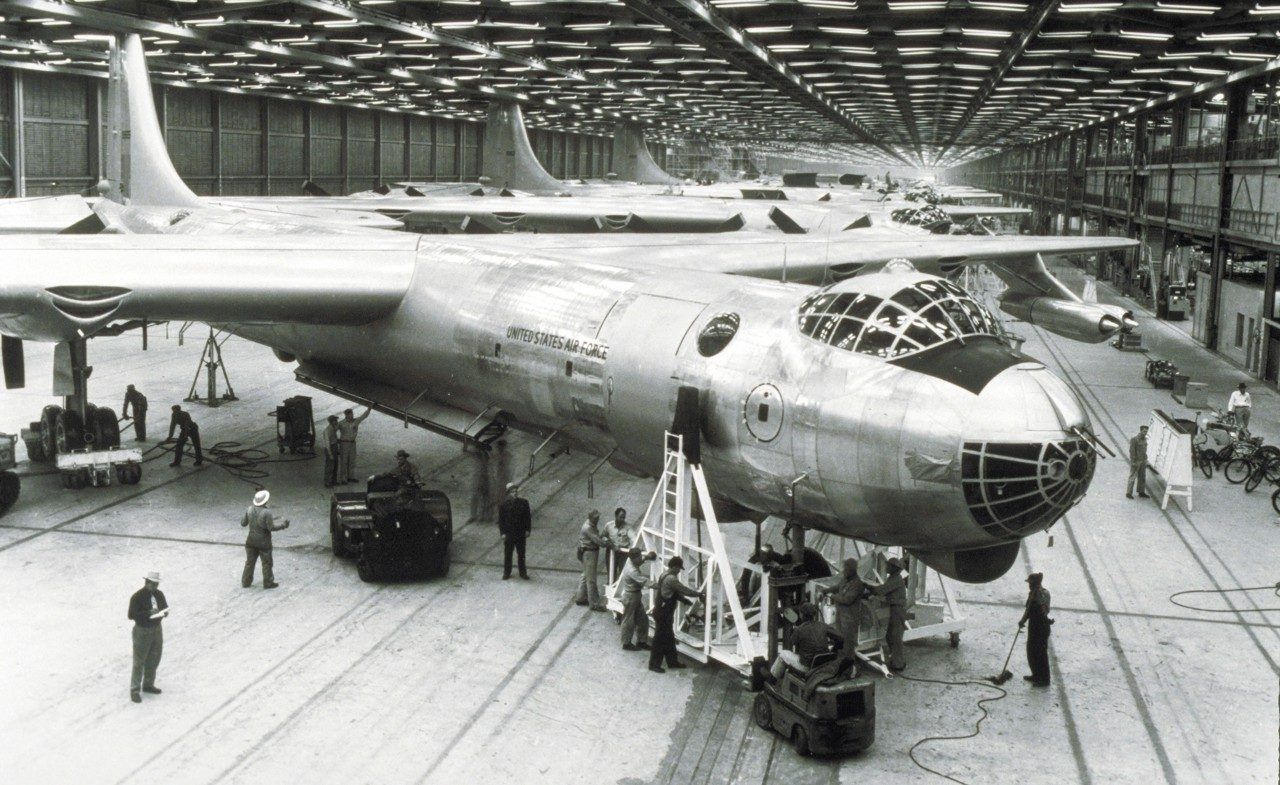
Photo: Lockheed Martin
While development of the aircraft and engines continued for the next few years, with John F. Kennedy assuming office in January 1961, he overviewed all military projects. Subsequently, all companies involved with the project, which now included Pratt & Whitney, received information that their contracts were being terminated, essentially ending the effort to develop a nuclear-powered aircraft.
The Tupolev Tu-95 is still in active service with the VSS. On February 6, 2024, The North American Aerospace Defense Command (NORAD) said it had detected four Russian military aircraft operating near the Alaska Air Defense Identification Zone (ADIZ), with Reuters detailing that these were two Tupolev Tu-95 and Sukhoi Su-30 fighters.
Russia has frequently deployed its Tupolev Tu-95 bombers to attack Ukraine during the war, which began on February 24, 2022. The cruise missiles launched by the bombers have routinely hit civilian targets, with the VVS resuming the usage of the aircraft in December 2023 after a brief break.
US effort to develop nuclear-powered aircraft
Meanwhile, the US began researching nuclear-powered aircraft with the US Nuclear Propulsion Program (or Manned Nuclear Aircraft Program) in May 1946, according to the Hill Air Force Base. General Electric received a contract to develop the nuclear engines for the aircraft in 1951.
However, Charles Wilson, the then-Secretary of Defense of the US, canceled the B-36 experimental flight program, which would have resulted in the aircraft having a nuclear-powered engine in 1953. Still, the US Air Force refitted a nuclear reactor on a B-36 (pictured below), designating it as the NB5-36H.

Photo: Lockheed Martin
While development of the aircraft and engines continued for the next few years, with John F. Kennedy assuming office in January 1961, he overviewed all military projects. Subsequently, all companies involved with the project, which now included Pratt & Whitney, received information that their contracts were being terminated, essentially ending the effort to develop a nuclear-powered aircraft.
The Tupolev Tu-95 is still in active service with the VSS. On February 6, 2024, The North American Aerospace Defense Command (NORAD) said it had detected four Russian military aircraft operating near the Alaska Air Defense Identification Zone (ADIZ), with Reuters detailing that these were two Tupolev Tu-95 and Sukhoi Su-30 fighters.
Russia has frequently deployed its Tupolev Tu-95 bombers to attack Ukraine during the war, which began on February 24, 2022. The cruise missiles launched by the bombers have routinely hit civilian targets, with the VVS resuming the usage of the aircraft in December 2023 after a brief break.
Which Is The Loudest Military Aircraft In The World?
PUBLISHED JAN 1, 2024
SUMMARY
Aircraft noise is caused by airflow over the surface and the movement of propellers or jet engines.
The Russian Tu-95 Bear strategic bomber is currently the loudest military aircraft in service.
The Republic XF-84H Thunderscreech, although never produced, holds the title for the noisiest military aircraft ever.
You do not need to be at an Air Force base to hear the defining sounds that military aircraft can make, as is evident in sonic booms, which can be heard from many miles away. How loud a military aircraft can be depends on several factors, including the plane's size, the number of engines, and the power they produce.
While you would assume that an aircraft with no engines, like a glider, is silent, you could not be further from the truth. Two factors determine the noise an aircraft produces:The airflow over the surface of the aircraft
The noise produced by the planes and, in the case of propeller-driven airplanes, the propeller blade's movement through the air.
Friction creates noise
The air passing over the plane's surface creates friction during the aircraft's flight. The friction causes a turbulent flow of air, making a sound wave that gets louder as the plane increases its speed. This is why a glider can produce noise despite not having an engine. As an aircraft reaches a speed of 767 mph, the air pressure is so great that the wave it creates is greater than the speed of sound. The result is a loud sonic boom that can be heard from 30 miles away.
The noise of jet engines can be attributed to the moving parts inside the machine and the hot exhaust air produced. These days, modern jet engines are much quieter than earlier ones thanks to a bypass system that mixes the exhaust gases with cold air before being expelled from the engine. Earlier jets lacked this technology and were much louder than today's modern planes.
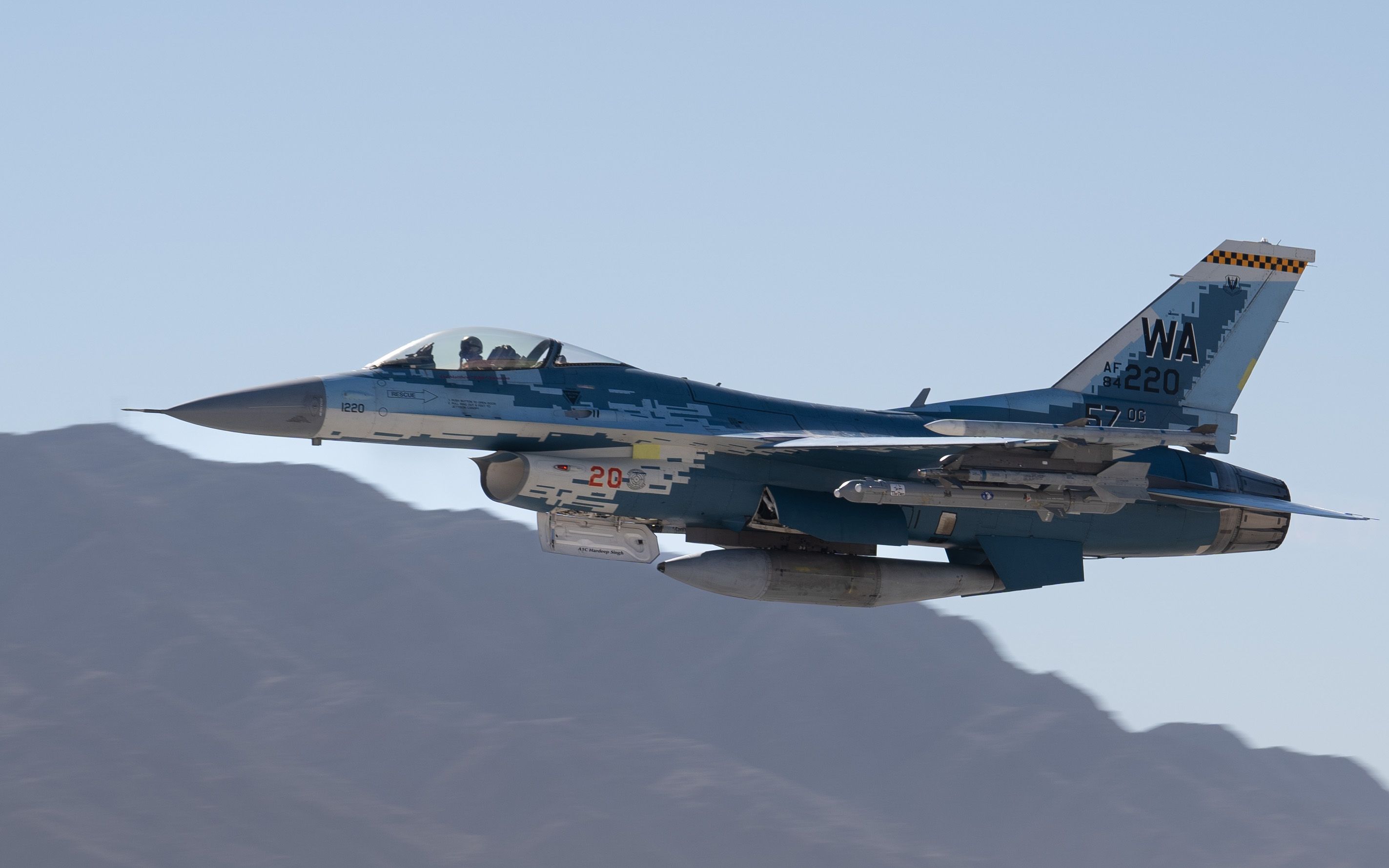
Photo: USAF
Now we have explained what causes aircraft noise. Let's take a look at the loudest military aircraft in service today. If you asked someone to guess what the loudest military plane in service today was, they would almost unanimously say a fighter jet like the General Dynamics F-16 Fighting Falcon. While the F-16 is loud, it is nothing compared to the Russian Tu-95 Bear strategic bomber.
The Tu-95 Bear is the noisiest military aircraft in service today
According to the Guinness Book of World Records, the Tupolev Tu-95 is the loudest military aircraft currently in active service. During World War Two, the United States, on several occasions, refused to give the Soviet Union its B-29. Superfortress to help in the war effort against Nazi Germany.
Towards the end of the war, the US was using B-29s to bomb Japan from its bases in the Pacific. Four B-29s suffered mechanical issues during these raids and had to make emergency landings in Russia's Far East. Rather than return the aircraft to the United States, the Soviets copied them and built the Tupolev Tu-4 bomber.
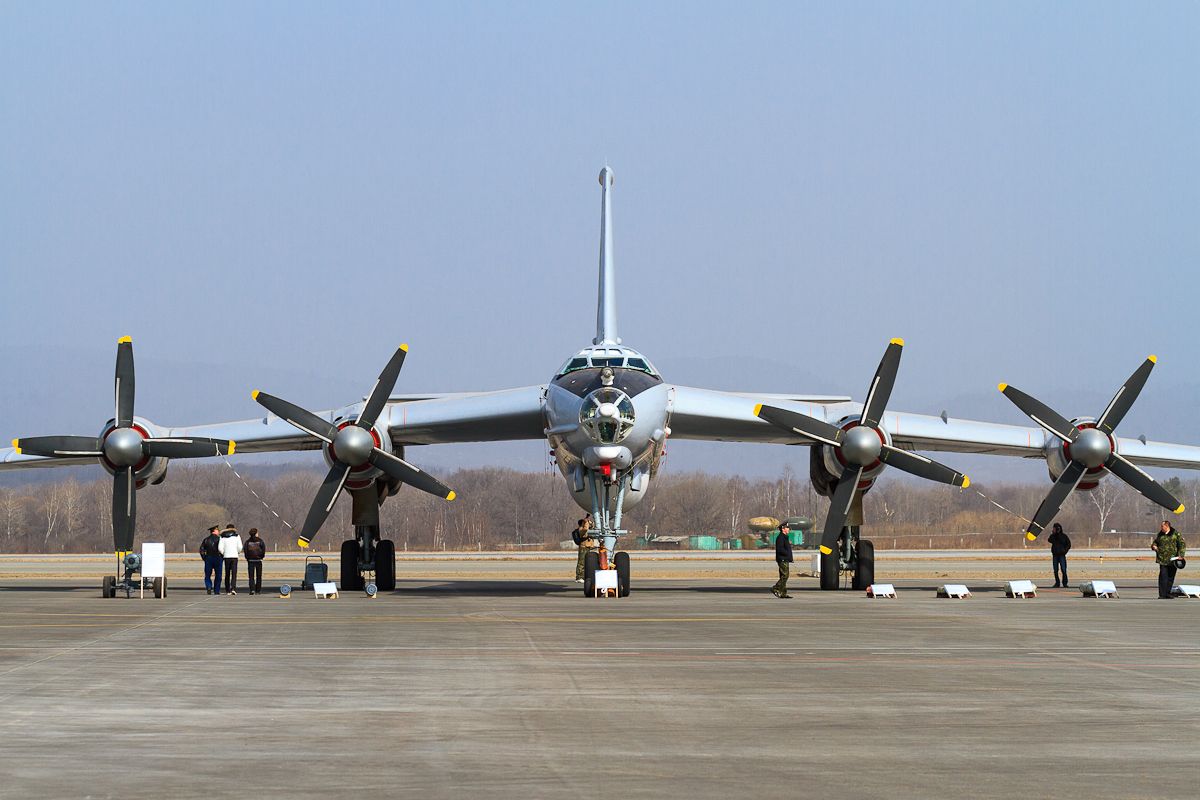
Photo: Fedor Leukhin | Wikimedia Commons.
Now, post-war and the development of the atomic bomb, the Soviet Union wanted a long-range bomber capable of reaching the United States. Initially, they looked at nearly developed jet engines, but back then, they required too much fuel to cover the distance needed. The existing piston engines were not powerful enough for such a large plane, so Tupolev decided to use turboprop engines.
Designed by a German team of ex-Junkers prisoner-engineers under the leadership of Austrian aerospace scientist Ferdinand Brandner, they developed the 12,000hp Kuznetsov turboprop engine. Each Tu-95's four engines was fitted with two counter-rotating four-blade propellors. The complex airflow generated between the two poppers produces a deep buzzing noise that can be heard for miles. The Tu-95 is so noisy that Navy personnel in submerged submarines can listen to it flying overhead.
The Republic XF-84H Thunderscreech was the noisiest aircraft ever
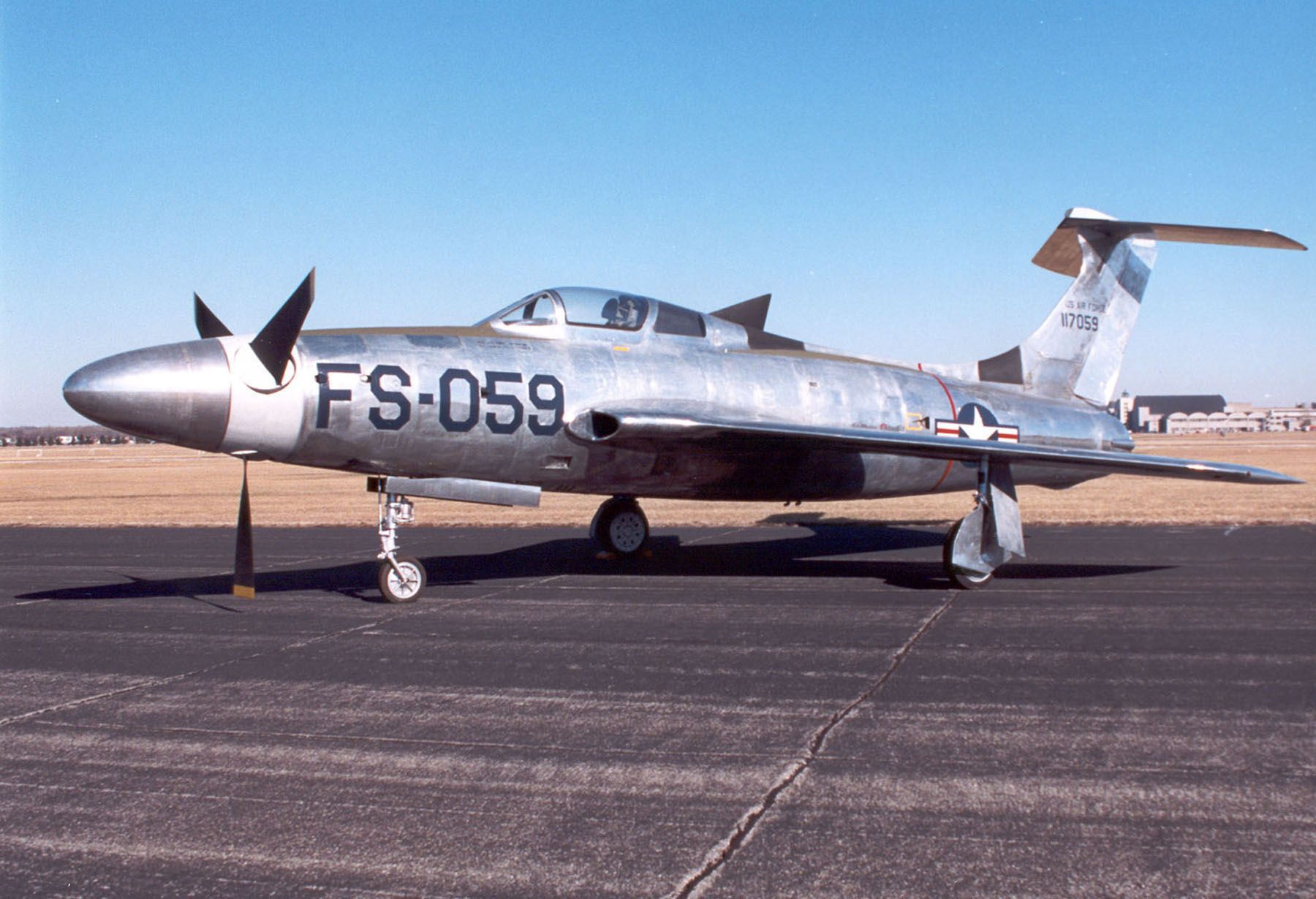
Photo: USAF MUseum | Wikimedia Commons
While it never made it into production, the noisiest military aircraft in history was the Republic XF-84H Thunderscreech. Also powered by a turboprop engine, the Thunderscreech was so loud during testing at Edwards Air Force Base in California that people living 25 miles away complained about the noise. The aircraft was so loud that ground crews could only communicate by using signal flags.
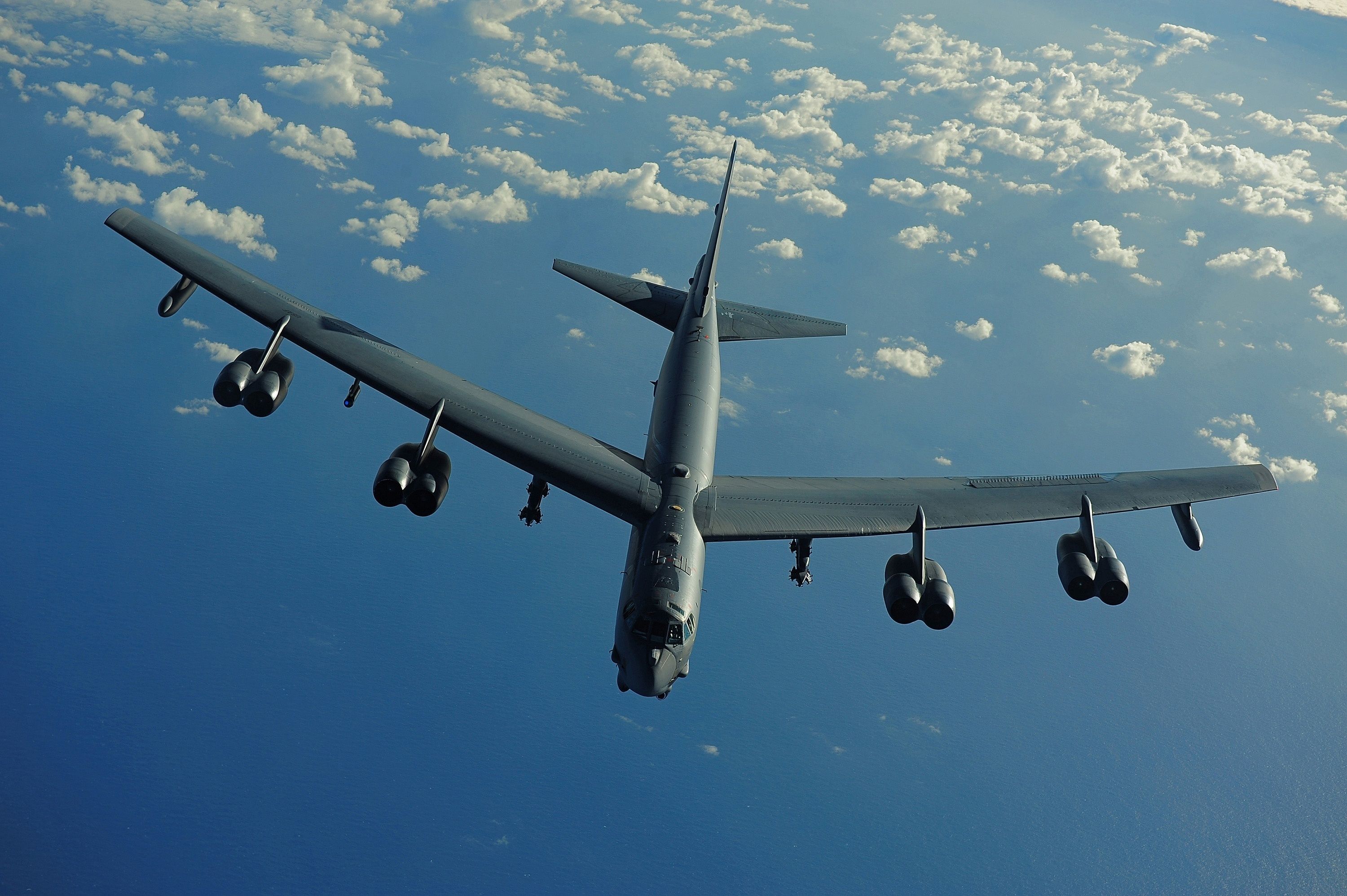
No comments:
Post a Comment